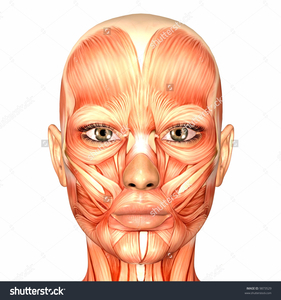Infection Prevention Control Quiz sobre Infection Prevention for makeup services LO1-LO3, criado por Em D em 15-10-2020.
Pin adicionado em
1419
1
0
Sem etiquetas

|
Criado por Em D
aproximadamente 4 anos atrás
|
|
Fechar